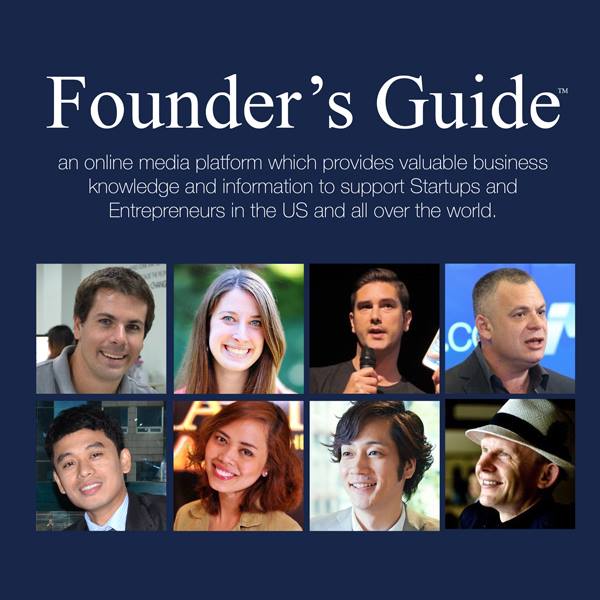In an era where charitable giving is both evolving and expanding, the role of leadership in guiding donor behavior has never been more pivotal. As new generations of philanthropists emerge and giving vehicles like donor-advised funds (DAFs) gain prominence, the need for thoughtful, visionary stewardship has become central to organizational success. Behind every impactful initiative lies a team of leaders who not only manage resources but also build relationships, earn trust, and shape the broader culture of giving. These leaders play a vital role in ensuring that philanthropy remains not just effective but also meaningful, laying the groundwork for long-term engagement and sustainable impact.

The Role of Leadership in Shaping Giving Trends
Leadership is a crucial force behind transformative philanthropy, particularly in environments where giving vehicles like donor-advised funds (DAFs) offer flexibility and strategic opportunities for impactful donations. The ways in which leaders interpret and exercise their role often become the blueprint for how stewardship is modeled within their organizations. By fostering cultures that value trust, transparency, and authentic engagement, these individuals shape not just fundraising goals but larger philanthropic trends and mindsets across the sector. Proactive leadership acts as a catalyst, not only setting internal standards but also inspiring new and seasoned donors alike.
The commitment leaders show toward stewardship is crucial to attracting and retaining those looking to make meaningful contributions. When visible figures like Mark Patrick prioritize stewardship, it signals to donors that their resources will be managed with integrity and purpose. Leaders who communicate a clear vision allow donors to see the tangible results of their generosity, making them more likely to recommend or increase their support through vehicles like DAFs. This present-day approach to stewardship sets new standards, demonstrating not only accountability but also a deep respect for the values and motivations that drive philanthropic giving.
What Is Stewardship in Modern Philanthropy?
Stewardship in the context of today’s nonprofit sector encompasses much more than routine management of gifts and assets. It’s a multifaceted relationship-building process where gratitude, clarity, and ongoing dialogue are foundational. Effective stewardship involves regularly updating donors on organizational progress and challenges, providing them with insight into how their contributions are making a difference. Donors, particularly those utilizing donor-advised funds, often expect an ongoing relationship that validates their trust in the mission and amplifies their connection to the outcomes.
Studies repeatedly demonstrate that organizations with intentional stewardship strategies see marked improvements in donor retention and overall giving. Stewardship not only bridges the gap between donor intent and organizational mission but also engenders trust and commitment. By staying in close communication and addressing donor feedback promptly, stewardship becomes more than a practice—it forms the very ethos that guides responsible and sustainable philanthropy.
Key Leadership Qualities That Inspire Giving
The capacity to inspire, connect, and motivate is essential for effective stewardship. Among the most influential leadership qualities that drive donor generosity are transparency, forthright communication, and an unwavering sense of mission. Leaders who readily share both organizational achievements and setbacks demonstrate authenticity, a factor that research shows boosts donor engagement by up to 30%. Clear communication extends beyond periodic newsletters; it means offering donors behind-the-scenes access and an authentic voice in shaping initiatives.
Real-world scenarios demonstrate how leadership characteristics contribute to effective philanthropic outcomes. For instance, a board chair who promptly addresses donor inquiries and shares personal stories about program impact often builds deeper relationships. This openness not only builds donor confidence but also paves the way for transformative gifts, which are frequently facilitated through DAFs. Visionary leaders articulate both short-term and long-term impacts, helping donors envision the ripple effect of their generosity across communities.
How Donor-Advised Funds Benefit From Proactive Leadership
Donor-advised funds have surged in popularity, now representing a significant sector of annual charitable giving. At the heart of this growth is the influence of proactive and strategic leaders who recognize the power of partnership. When leaders create pathways for meaningful donor engagement, the results are measurable: higher rates of DAF utilization, an increased number of grants, and deeper donor loyalty year after year. Proactive stewardship involves anticipating donor interests and providing opportunities to support both ongoing programs and emerging community needs with tailored strategies.
Case studies from various nonprofits demonstrate that organizations with well-trained, stewardship-focused leaders experience significant growth in DAF gifts. In one report, nonprofits engaging donors through dedicated DAF stewardship saw up to 40% higher grant recommendations than organizations with only transactional interactions. This difference can be attributed to the trust leaders cultivate, underscoring the importance of intentional stewardship in cultivating impactful and recurring donor support.
Trust-Building Strategies for Donor Stewardship
The success of donor-advised giving hinges on well-crafted strategies that build trust at every interaction. Leaders frequently invite donors to visit project sites, attend immersive events, and participate in open dialogues with organizational staff. These activities foster a sense of ownership and partnership, as donors witness firsthand the work their support is enabling. According to Forbes, consistent communication through personalized updates, videos, or live Q&A sessions strengthens donor relationships and fosters a sense of connection and transparency. Donors who are kept informed about project outcomes, spending, and organizational pivots are more likely to renew their support. This proactive sharing builds trust and lays the groundwork for future philanthropic innovation, aligning with key strategies outlined by nonprofit experts to increase donor confidence and giving.
Challenges Leaders Face in Stewarding DAF Contributions
While the benefits of DAFs are substantial, leaders often face complex stewardship challenges. Balancing donor intent with organizational direction can lead to complex, nuanced discussions. Sometimes, a donor’s passions may not align perfectly with programmatic priorities, necessitating sensitive negotiation and copious documentation to ensure compliance and positive outcomes. Technology, while helpful, can also pose challenges by requiring new resources and skills, which can sometimes strain smaller organizations.
Leaders must also keep pace with an evolving regulatory environment. Navigating compliance requirements while still fostering innovative giving structures, such as DAFs, demands constant vigilance and upskilling. Lastly, as younger generations take the reins of philanthropy, expectations for real-time data, social impact, and transparency will only increase, driving the need for adaptive and inclusive leadership models.
Practical Steps for Strengthening Stewardship Practices
- Foster open communication: Develop systems for regular, meaningful outreach. Share detailed stories of impact, acknowledge setbacks openly, and invite donor input on new projects. This ongoing dialogue ensures donors feel essential to the organization’s success.
- Invest in leadership development: Organize training and workshops in stewardship for all staff and board members. A unified understanding of stewardship creates consistency in donor interactions and aligns everyone around the organization’s mission.
- Utilize technology: Adopt solutions that make it easier to track and report donor impact, such as digital dashboards, automated updates, and transparent reporting tools. These resources build confidence and make stewardship more dynamic.
- Adapt to changing donor demographics: Engage younger and more diverse donor bases by leveraging new media, data-driven storytelling, and personalized communications. Recognizing donor preferences and making interactions more relevant amplifies stewardship outcomes.
Effective stewardship in the realm of donor-advised giving is built upon leadership, trust, and adaptability. By embracing these practical strategies, organizations can foster deeper relationships, secure repeat giving, and create a lasting community impact for generations.
Looking to build something meaningful with limited resources? Discover how Nadia’s Yoshiki Katsuragi built a business without funding and how purposeful leadership plays a key role in long-term success—whether in philanthropy or entrepreneurship.
Authority References:
-
National Philanthropic Trust (NPT) 2023 Donor-Advised Fund Report – Highlights current trends, growth, and usage of DAFs in the U.S., reinforcing their rising influence in charitable giving.
-
Forbes Nonprofit Council – Offers insights on donor communication best practices, transparency, and the increasing importance of leadership in maintaining donor trust.











